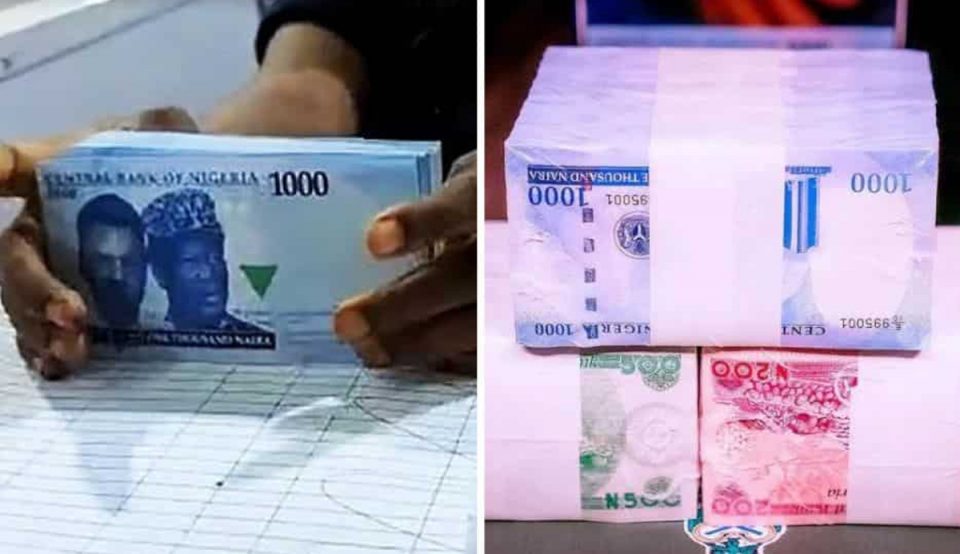In a recent alert, the Central Bank of Nigeria (CBN) warned financial institutions and the general public about the surge in counterfeit currency circulation, particularly in higher denominations prevalent in food markets and commercial areas.
The CBN emphasized the legal consequences, including imprisonment, for anyone involved in falsifying or counterfeiting banknotes and coins issued by the apex bank. Notably, this warning comes on the heels of the release of redesigned Naira currency denominations (N200, N500, and N1,000) in December 2022, which saw an influx of fake bills in the market.
Identifying Fake Naira: A Simple Guide
Distinguishing authentic Naira notes from counterfeits doesn’t necessitate advanced education; there are distinct characteristics to be aware of. This report unveils five effective methods to identify fake Naira notes, safeguarding honest citizens from falling victim to scams.
1. Check the Texture
When handling money in transactions, pay attention to the texture. Exercise caution if the Naira note feels soft and the images appear dull. Reject the suspicious note and request a genuine replacement. This tactile awareness is crucial during financial exchanges.
2. Observe the Gold Foil
On the N1000 note, a gold foil near the CBN governor’s signature serves as a distinguishing feature. Scratching the gold foil of a counterfeit note will result in immediate peeling, unlike the genuine note. This simple check provides a quick and reliable method for differentiation.
3. Use Water or Other Liquids
A straightforward method involves using water or other liquids to expose fake currency. Counterfeiters often use water-soluble inks, revealing their deception. Submerge a questionable note in water or petrol and gently scrub it. If the colours change or the paper deteriorates, it indicates a fake note.
4. Examine the Ribbon/Thread
Authentic Naira notes feature a thread-like ribbon from top to bottom, discernible by touch. In contrast, counterfeit notes display a painted imitation that peels off when scratched. This tactile examination, especially noticeable in older Naira notes, aids identification.
5. Use Mercury Bulbs
Certain features of genuine Naira notes are invisible to the naked eye. Employ mercury bulbs to reveal these features. When exposed to mercury bulb rays, a real N1000 note, for instance, will display a shining “1000” across the surface. This method applies to smaller denominations as well.
In conclusion, these five practical tips empower individuals to distinguish between authentic and counterfeit Naira notes, contributing to a secure and trustworthy financial environment. Stay vigilant and employ these methods to safeguard against fraudulent practices in currency exchanges.











